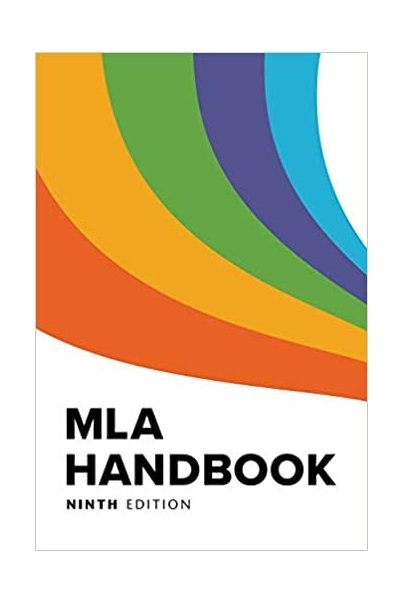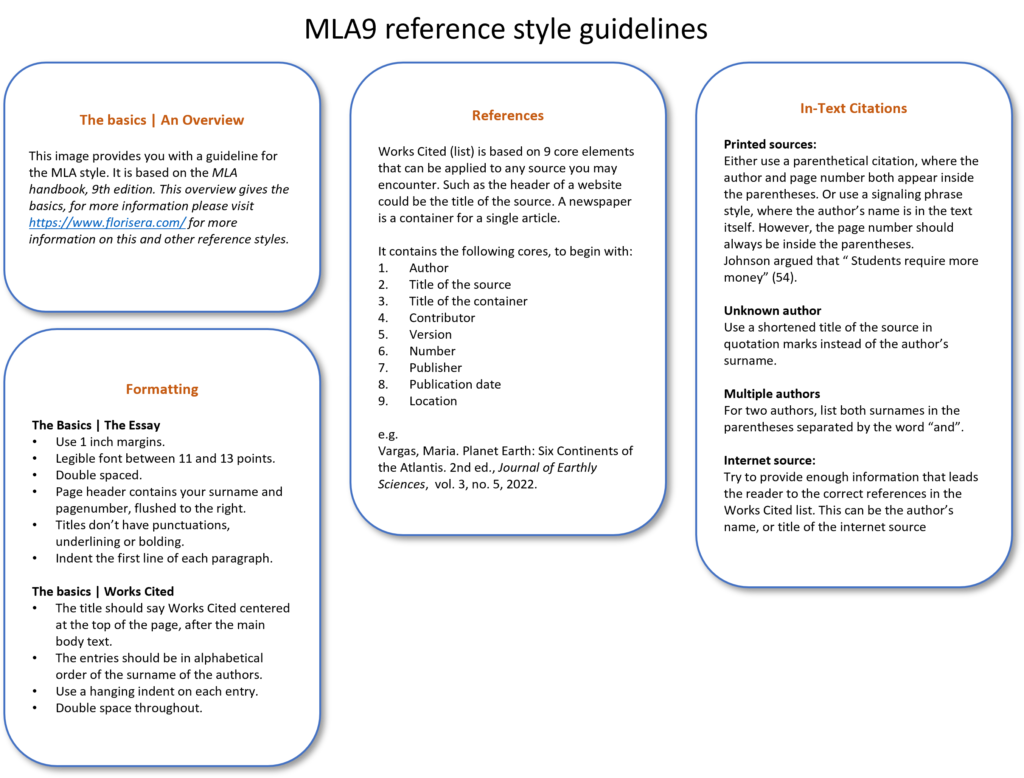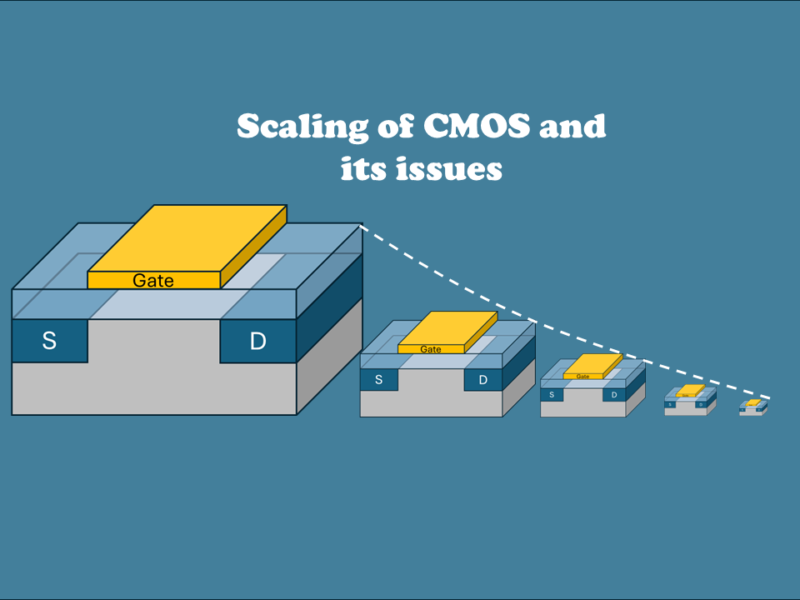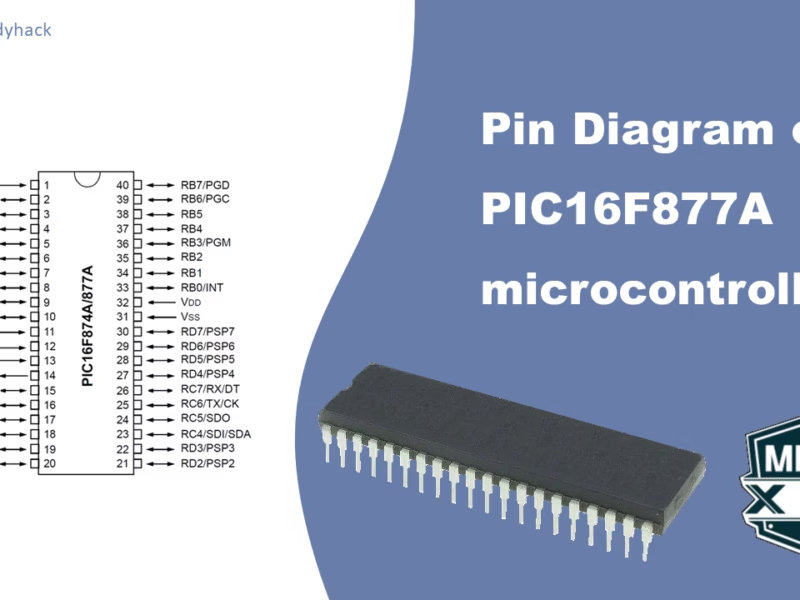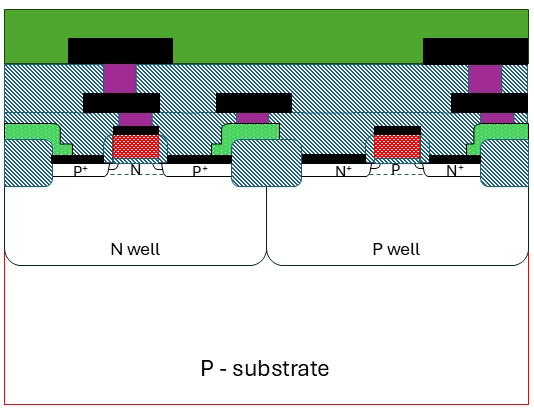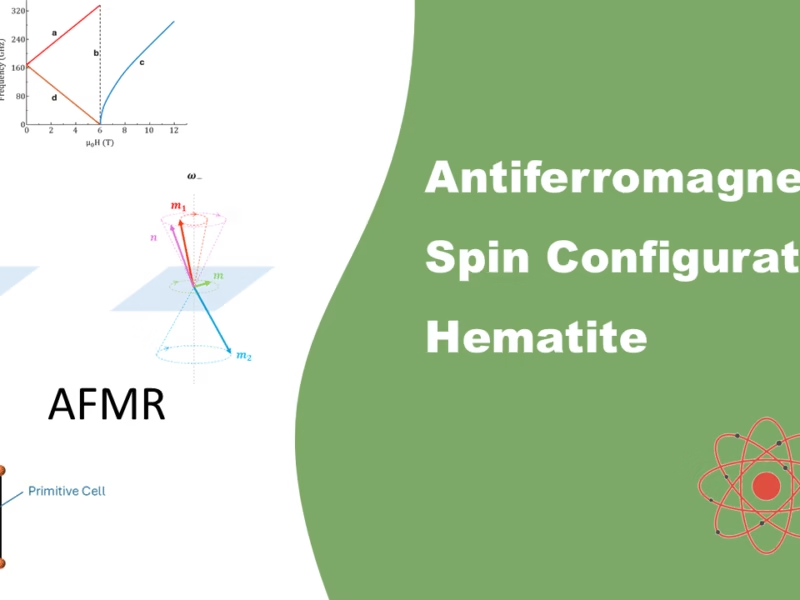This guide on MLA referencing is based on the 9th edition of the MLA handbook, published by Modern Language Association. It is similar for each type of entry. MLA consists of 9 core elements, which are color coded in the text below to make it more visible. To jump directly to the type of element that you are looking for, please consult the table of content found above. There is also a guide available that explains the format of the MLA Work Cited list at the bottom of the page, with a full page example.
MLA9 Reference style basic guidelines. Please scroll down for more information. This picture was based on this website.
1. In-text citations
Whenever you cite or paraphrase someone else’s idea or work in your text, you should use in-text citations. This is a short form reference to the author(s), followed by the page number. Below you can find some example of in-text citations for the 4 most common encounters in your work.
No author
If there is no author, your in-text citation should be the first words of the next element in your WorkCited list. This should be exactly identical, including any italic or quotation marks.
There are two ways of referencing, one where both elements are inside the parentheses, and the other where the author is part of the text. When you write inside the text, use the full title, and only an abbreviated version when the name is inside the parentheses.
E.g. According to “Narcissistic People at the Workplace” , narcissistic people were found to be less gullible (67).
E.g. Narcissistic people were found to be less gullible (“Narcissistic People”, 67).
Single author
In-text citations are made by using the last name of the author with the page number of the page where your citation is in parentheses.
E.g. Narcissistic people were found to be more gullable (McGill, 21).
E.g. McGill explained that most narcissistic people were found to be more gullible (21).
Multiple authors
When citing two authors, both last names should be mentioned in the text, similarly to a single author. If there are more than two, only the first author gets mentioned followed by “et al.” if the author and page number are in parentheses, or “and colleaques” when in text.
E.g. Narcissistic people were not found to be more gullible (McGyver et al., 41)
E.g. McGyver and colleaques explained that most narcissistic people were not found to be more gullible (41).
2. MLA Sources
A work cited list is often called a bibliography in other styles, and each citation in this list consists of up to 9 elements such as shown below. Wherever possible, fill in these 9 elements for each individual source.
| Author. “Source.” Container, Contributors, Version, Number, Publisher, Publication date, Location. |
Author
Each entry in your Work Cited list normally starts with your author(s). The first author’s name starts with Surname, First name (note the comma). When there are two authors, the second has it’s name in the correct order, First name Surname. For more than 2 authors, only the first author is named (as if it were a single author), followed by “et al.”
Johnson, Larry.
Johnson, Larry and Michael Jordan.
Johnson, Larry, et al
“Source”
The full title of the source should always be used; any subtitles should be used as well, after a colon with a space. In total there are three different types of styling, which are explained in the three examples below, click on the one that is applicable for your case.
Style: Italics
Planet Earth: Six Continents of the Atlantis.1
Style: “Quotation marks
“Gender Politics at Republic Debate Show.”
No style
1A source which is self-contained, such as a book or a movie, is also a container (see next section). If it is referred here, do not refer to it again in the Container Element.
Container
A container is the element where the work appears in, such as a book, part of a website, or the journal in which the article is published. The title of this element is always italicized.
Contributors
This element is for contributors, you should always use a description such as: “translated by” or “illustrated by”, followed by the “First name Surname” and a comma.
Vargas, Maria. Planet Earth: Six Continents of the Atlantis. Journal of Earthly Sciences, Illustrated by Sander Johanson, 2022.
Version
It is common for books to have multiple editions and certain parts can be obsolete, therefore you should mention which edition you took the information from.
Vargas, Maria. Planet Earth: Six Continents of the Atlantis. Journal of Earthly Sciences, 2nd ed., 2022.
Number
Number can refer to the the volume of journal articles, or season and episode of a TV show.
Vargas, Maria. Planet Earth: Six Continents of the Atlantis. 2nd ed., Journal of Earthly Sciences, vol. 3, no. 5, 2022.
Publisher
A publisher is the organization who produced and distributed the work (e.g. Harvard UP, Paramount Pictures).
Note that University Press, is often abbreviated to UP.
Most journals, websites and newspapers references do not require you to include the publisher, and this element can be omitted.
Publication date
This includes the publication year, and if possible, the month and day of publication.
If there are multiple dates (such as revised, accepted, published dates), pick the one that you accessed. If there are no dates available, mention the date you accessed it. Some examples are given below:
2022,
19 Dec. 2019,
Accessed 14 Sept. 2022,
Location
Location can be different, depending on the source; some examples are given below.
pp. 11-17
florisera.com
Tab Content
3. Format of the MLA Works Cited
- This page should come directly after your main text (including the conclusion of your work), and before any Appendices.
- At the top of the first page, the heading says “Works Cited” (centered)
- Use one inch margins
- Double spacing between the lines
- Indented paragraphs
4. Full page example (MLA9)
If you are interested in referencing styles, see our other resources, including the IEEE reference style for engineers and the APA reference style for arts and humanity studies. You can also check out our information page on References and citations to get a better understanding of the whole topic. All of the resources can be found in our Database.


